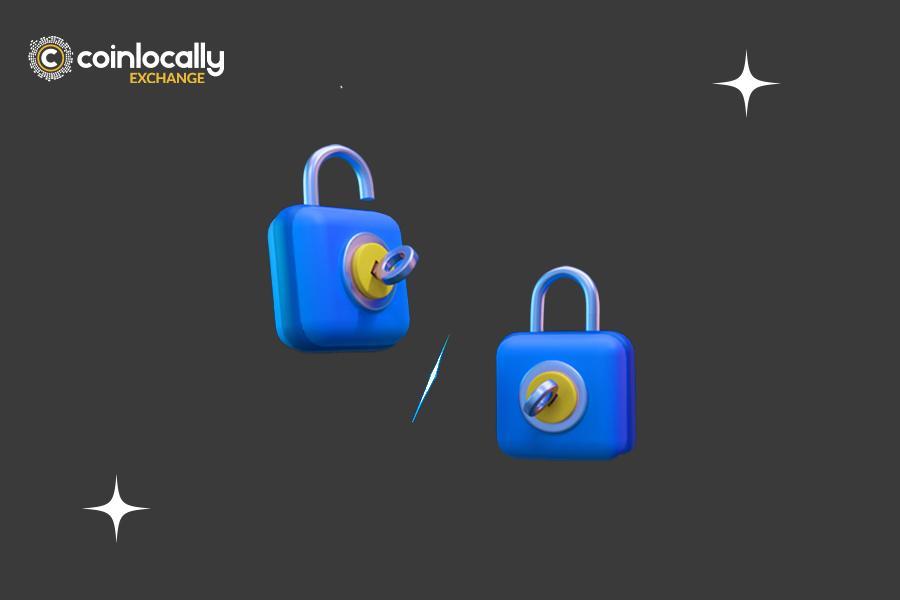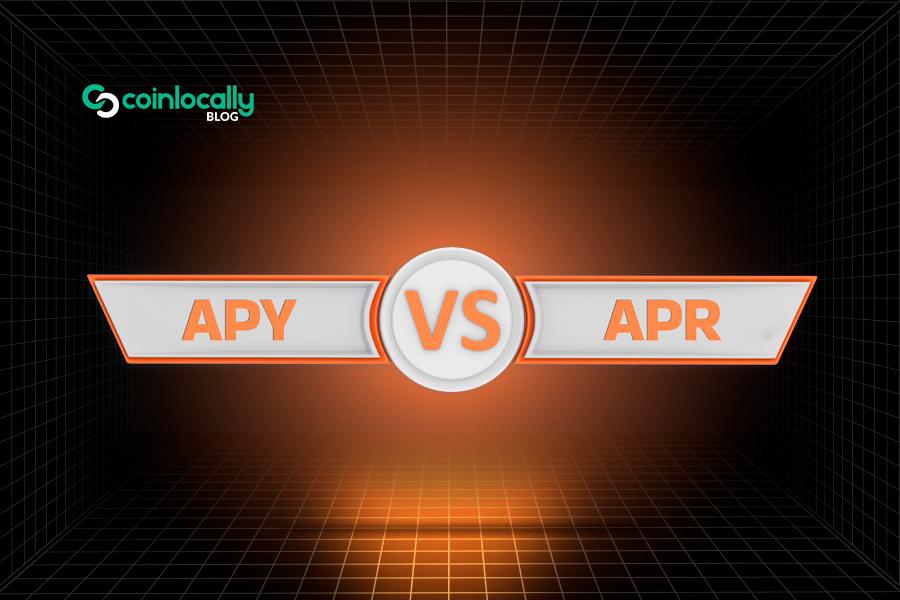Staking has become a popular way to earn passive income by holding cryptocurrencies and helping secure blockchain networks. With so many types of staking, deciding which method is right for you can be confusing. To help you make the best choice, we have the different staking options and explained their advantages and disadvantages here.
Table of Contents
What Is Proof of Stake?
Proof of Stake (PoS) is a consensus mechanism many cryptocurrency projects use to secure the network and validate transactions.
Unlike Proof of Work (PoW), which relies on mining, PoS allows users to validate transactions by staking their coins.
Validators are selected based on the number of coins they stake, making the system more energy-efficient than PoW. So, how can they stake coins/ tokens?
What Is Staking?
Staking involves locking up your cryptocurrency to participate in a blockchain’s operations, such as transaction validation and network governance.
In exchange for staking, users receive rewards from their staked cryptocurrency. You can choose different types of staking based on the type of network and your level of involvement.
Different Types of Staking
There are different types of staking, each with specific procedures and benefits. The most common types of staking are:
- Hard staking (validator staking),
- Soft staking (liquid staking), and
- Cold staking (offline staking).
Each offers varying levels of commitment, risk, and reward potential, so you should understand how these staking methods work to choose the one that fits your financial status and goals.
What Is Hard (Validator) Staking?
Hard staking, also known as validator staking, involves locking up a significant amount of cryptocurrency and running a validator node.
This type of staking is most commonly used in networks like Ethereum 2.0 and Polkadot, where validators verify transactions and maintain the network.
Pros
- High rewards: Validators earn huge staking rewards for contributing to the network.
- Network influence: Validators participate in governance decisions, which gives them more control over the network’s direction.
Cons
- High entry barrier: Running a validator node requires a significant upfront investment (e.g., 32 ETH for Ethereum 2.0) and technical expertise.
- Potential for slashing: Validators can be penalized (slashed) for dishonest or faulty behavior, which can cause a loss of staked funds.
What Is Soft (Liquid) Staking?
Soft or liquid staking lets users stake their crypto without fully locking it up. Instead, users can stake their coins while retaining liquidity, meaning they can still trade or move their assets.
Exchanges like Binance or DeFi platforms like Lido commonly offer this staking method.
Pros
- Flexible: Users can unstake or transfer their assets anytime without waiting for an unstaking period.
- Lower risk: Liquid staking doesn’t require technical information, making it more accessible to average investors.
Cons
- Lower rewards: Liquid staking provides lower yields than hard staking, with lower risks and responsibilities.
- Platform dependency: You rely on the exchange or platform providing the liquid staking service, which may pose centralization risks.
What Is Cold (Offline) Staking?
Cold staking involves staking cryptocurrencies using a hardware wallet or offline device, meaning your assets remain disconnected from the internet while still participating in staking rewards. This method is often used for long-term holders who prioritize security.
Pros
- High security: Since assets are stored offline, cold staking is highly resistant to hacks and cyberattacks.
- Passive income: Suitable for long-term investors who want to earn rewards without actively managing their crypto.
Cons
- Requires full commitment: You can only earn staking rewards while your assets remain staked and offline. If you move them, you lose the rewards.
- Lower accessibility: Cold staking can be more complex to set up and maintain, especially for beginners.
Which Type of Staking Is the Best?
There is no one-size-fits-all answer regarding the best types of staking, as it depends on your goals, risk tolerance, and level of technical expertise.
- Hard (validator) staking is best for tech-savvy investors with significant capital looking for high rewards and influence in a network.
- Soft (liquid) staking suits casual investors who want flexibility and liquidity while earning passive income.
- Cold staking is best for long-term holders who prioritize security and can keep their assets offline for an extended period.
After choosing the best type of staking, you need to find good coins to stake based on your financial status, goals, and strategies.
The Best Coins To Stake
Here are some of the best coins to stake:
- Ethereum (ETH)
- Polkadot (DOT)
- Cardano (ADA)
- Solana (SOL)
- Tezos (XTZ)
Ethereum (ETH)
Ethereum (ETH) is one of the most popular coins for staking, particularly with the transition to Ethereum 2.0 and its PoS model. In addition, Ethereum has one of the largest and most active blockchain ecosystems, with many DeFi projects, NFTs, and dApps built on it. This popularity ensures demand for ETH, adding to the staking appeal.
Polkadot (DOT)
Polkadot (DOT) is known for its high staking rewards and strong network governance. It uses Nominated Proof of Stake (NPoS), which lets both validators and nominators (those who nominate validators) earn rewards.
Polkadot is designed to connect multiple blockchains (parachains), offering unique utility and attracting developers and projects, which can drive demand for DOT.
Cardano (ADA)
Cardano (ADA) offers an easy staking process and a strong community. Its barrier to entry is low, meaning users can stake small amounts of ADA through staking pools without needing large sums or complex setups.
Cardano boasts a large and engaged community that actively promotes its widespread use, particularly for decentralized applications (dApps) and smart contracts.
Cardano’s low-risk staking system and consistent rewards make it a good choice for beginners and experienced stakers.
Solana (SOL)
Solana (SOL) is a fast-growing PoS network with attractive staking rewards. It is known for its high transaction speeds and low fees, which have led to its rapid growth in the DeFi and NFT spaces.
Solana uses a Delegated Proof of Stake (DPoS) model, enabling holders to delegate their SOL tokens to validators in exchange for rewards.
Tezos (XTZ)
Tezos (XTZ) is a flexible staking platform with low barriers to entry and a self-amending feature, meaning the blockchain can upgrade itself without hard forks. This governance model adds long-term stability.
Also, Tezos uses a liquid staking model, allowing users to stake XTZ tokens without locking them up, which increases flexibility.
XTZ holders can delegate their coins to bakers (validators) without handing over custody of their coins.
Summary
Staking is a safe way to earn passive income while contributing to the security of a blockchain network. The different types of staking—valid, liquid, and colding- have distinct features and benefits.
You can choose a staking method based on your risk tolerance, the amount of crypto you hold, and your long-term investment strategy.
FAQ
Here, you can find answers to the most frequently asked questions about staking and its types.
Can You Lose Money with Staking?
Yes, you can lose money with staking, especially validator staking, because you may face penalties (slashing) for bad behavior or technical errors. Also, the token value you are staking can drop, leading to potential losses.
Can You Get Rich By Staking?
Staking can provide a steady source of passive income, but it’s unlikely to make you rich overnight. The rewards depend on the amount you stake and the coin’s value. Long-term holding and stake in the market appreciation may lead to significant profits over time.
Can You Live Off Staking?
Living off staking is possible for those who stake large amounts of cryptocurrency with high rewards. However, it depends on the coin’s value, the staking yield, and market conditions.
Is Staking Safer than Farming?
Many consider staking to be safer than yield farming. When you stake, you lock up your coins to help secure a network. In contrast, yield farming involves lending or borrowing on DeFi platforms, which can carry greater risks due to potential vulnerabilities in smart contracts.
How Is Staking Taxed?
Staking rewards are taxed as income in most countries. When you receive staking rewards, they are treated as income at their market value at the time of receipt. When selling the staked coins, your gains or losses may also be subject to taxation. Always consult with a tax professional for specifics in your region.




